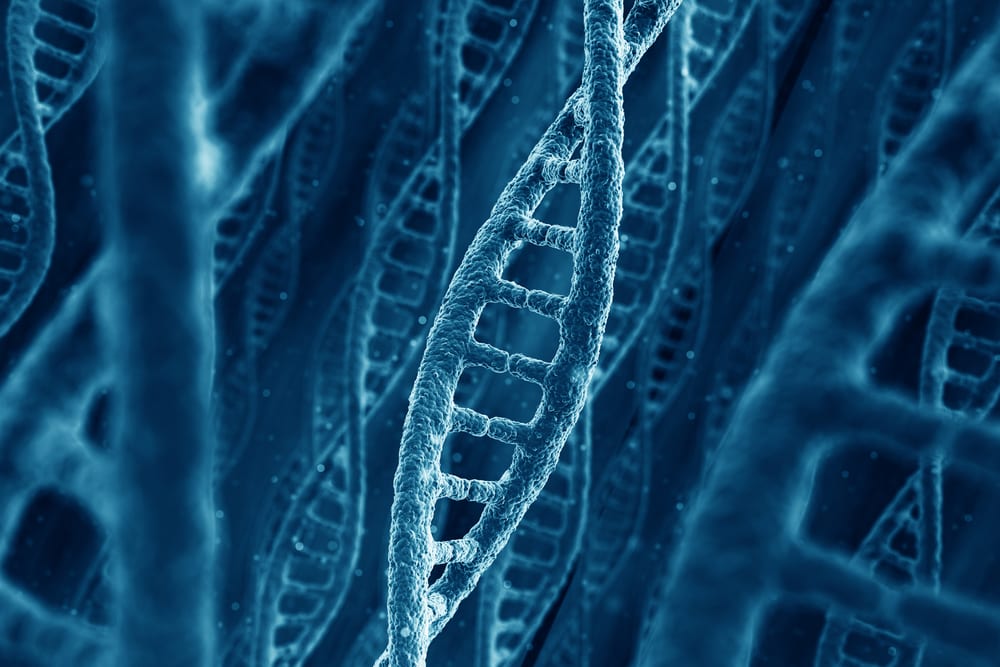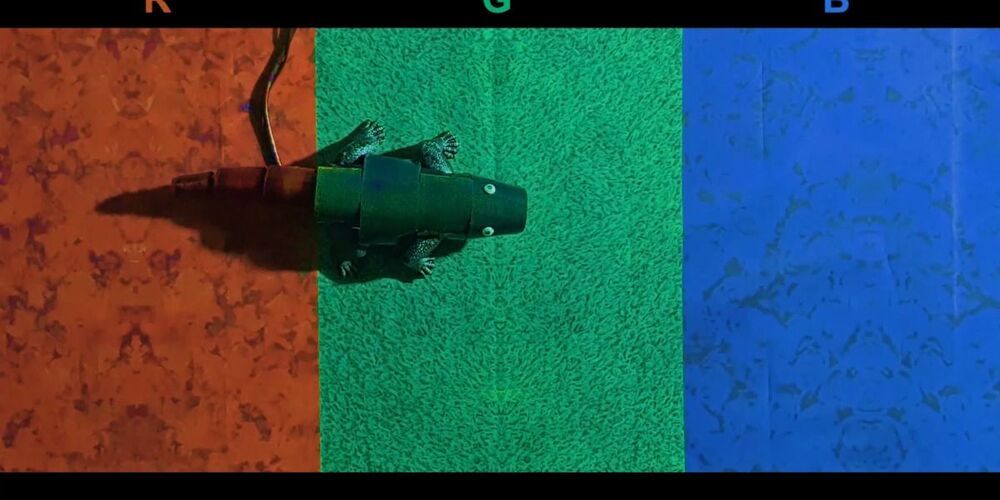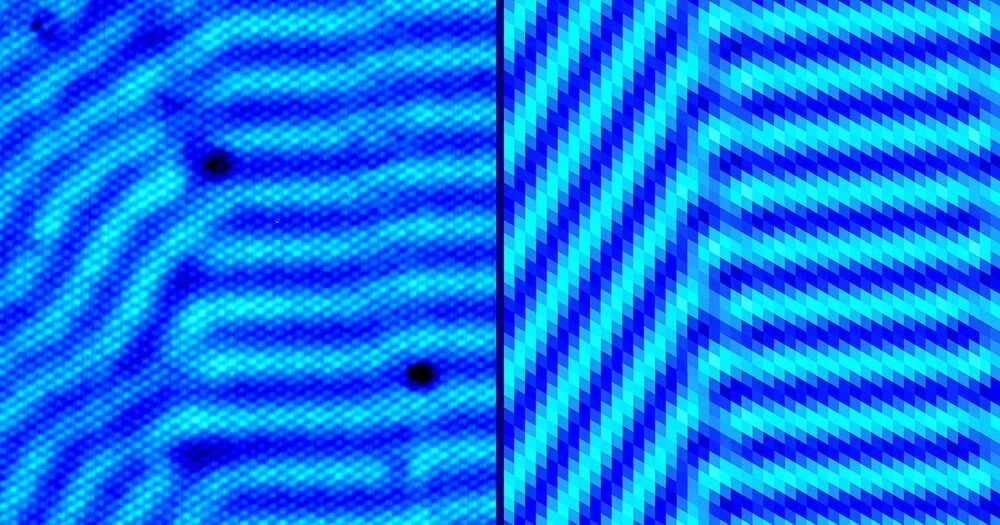New observations of the M-type star L 98–59 and its surrounding system have revealed a planet with half the mass of Venus, making it the lightest exoplanet ever to be measured using the radial velocity method. Alongside this are a likely water world, and a possible planet in the habitable zone.
Parkin Research.
MICROWAVE THERMAL ROCKETS
AND
LASER THERMAL ROCKETS
Circa 2018
A major challenge in treating type 1 diabetes is figuring out how to overcome the destruction of insulin-producing beta cells. The body mistakenly targets and destroys these cells leaving the body unable to manage blood sugar levels on its own. Individuals with this disease must be vigilant about checking their blood sugar and administering insulin as needed, which can be an exhausting task.
Current treatment options include injection of insulin, use of continuous glucose monitors and insulin pumps, stem cell therapies and implants, partial transplants, and other strategies. These treatments vary in effectiveness from person to person as well as how long they last. In addition, some require patients to continue taking anti-rejection drugs which can be hard on the body.
However, a new treatment may offer longer lasting, more effective results in the battle against type 1 diabetes. A recent study found that by using gene therapy targeting two specific genes, insulin-producing cells may be able to be recreated in the body using existing alpha cells. A healthy pancreas contains both alpha and beta cells. In those with type 1 diabetes, insulin-producing beta cells are destroyed. But when mice were injected with gene therapy to reprogram some alpha cells to take over the function of these beta cells, they were once again able to produce insulin and manage blood sugar.
A recently granted South African patent seems fairly mundane, but, he inventor is not a human being – it is an AI system named DABUS. property= description.
Chameleons have long been a symbol of adaptation because of their ability to adjust their iridophores—a special layer of cells under the skin—to blend in with their surroundings.
In a new study published today in Nature Communications, researchers from South Korea have created a robot chameleon capable of imitating its biological counterpart, paving the way for new artificial camouflage technology.
The Venus flyby provided an opportunity to test BepiColombo’s instruments ahead of its first encounter with destination planet Mercury.
Mercury-bound spacecraft BepiColombo has zoomed past Venus at a distance of only 340 miles, taking a bunch of selfies and a lot of scientific measurements that might shed new light on the mysteries of the planet’s atmosphere.
Astronomers say a weird star careening through the Milky Way could have survived the explosive powers of a supernova.
Launched Aug. 10 1966, Lunar Orbiter 1 was a mission that would set the mold for future planetary science missions thanks to a complicated camera system.
Quartz is a guide to the new global economy for people in business who are excited by change. We cover business, economics, markets, finance, technology, science, design, and fashion.
The mechanism behind leopard spots and zebra stripes also appears to explain the patterned growth of a bismuth crystal, extending Alan Turing’s 1,952 idea to the atomic scale.









